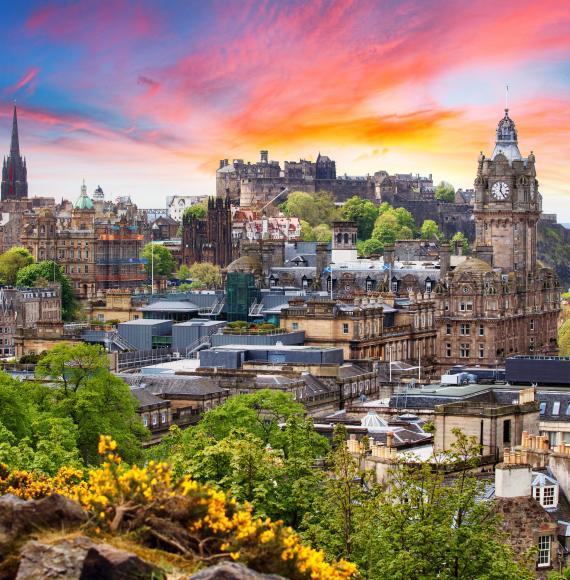Local authorities and police forces across England and Wales are to receive a share of £23.5m to make public spaces safer for all through projects to help women and girls feel safer on the country’s streets as part of the government’s Safer Streets Fund.
Created with the objective of tackling local acquisitive crimes like car theft and burglary, the latest round of the Safer Streets Fund has a particular emphasis on the safety of women and girls.
The investment will go to local authorities and police forces across England and Wales, as well as the British Transport Police, to spend in the 21/22 financial year.
Crimes which take place in public places, such as sexual harassment, disproportionately affect women.
Recipients of funding have submitted bids for innovative plans to increase the safety of public spaces, including projects which emphasise changing attitudes and behaviours in local communities.
Since its inception, the government has committed £70m to the Safer Streets Fund to support local areas across England and Wales to introduce initiatives aimed at stopping offences happening in the first place.
Round two saw 50 projects across England and Wales awarded a total of £18.4m to go towards measures proven to cut crime, including simple changes to the design of streets, such as locked gates around alleyways, increased street lighting and the installation of CCTV.
Safer Streets is just one of the ways the government is working to tackle violence against women and girls.
In August, they published the Tackling Violence Against Women and Girls Strategy, which commits to radically changing how to stop violence and abuse by using a whole system approach, focused on long-term change alongside immediate practical action to improve women’s physical safety in public spaces.
This includes funding new Police Lead, Deputy Chief Constable Maggie Blyth, to set the policing strategy for tackling violence against violence towards women and girls across England and Wales, as well as plans to launch a large-scale public campaign with the aim of challenging attitudes and changing behaviours.
Last month, the Home Office and National Police Chiefs’ Council (NPCC) launched StreetSafe, an online mapping tool which allows all members of the public to flag areas where they do not feel safe and say why.
Primarily, but not exclusively, aimed at women and girls, the data collected from StreetSafe will allow police to understand specific concerns and use the information to make decisions on safety in the area.
More widely, since its inception last year, the Safer Streets Fund has allowed local authorities and forces to invest in transformative crime prevention initiatives.
For example, in Humberside, in one of the most deprived estates in the country, funding has gone towards upgrading 20 communal entrances to blocks that drive a high level of burglary and installing 18 secure storage facilities for bikes and motorbikes.
Alongside this, they have installed secure fencing and gates and there is now a dedicated community outreach programme to support residents and victims of crime on the estate.
Projects across the country have also focused on setting up Neighbourhood Watch groups, increased automated number-plate recognition technology and CCTV, as well as introducing wardens to undertake community engagement and train members of the public in crime prevention.



















